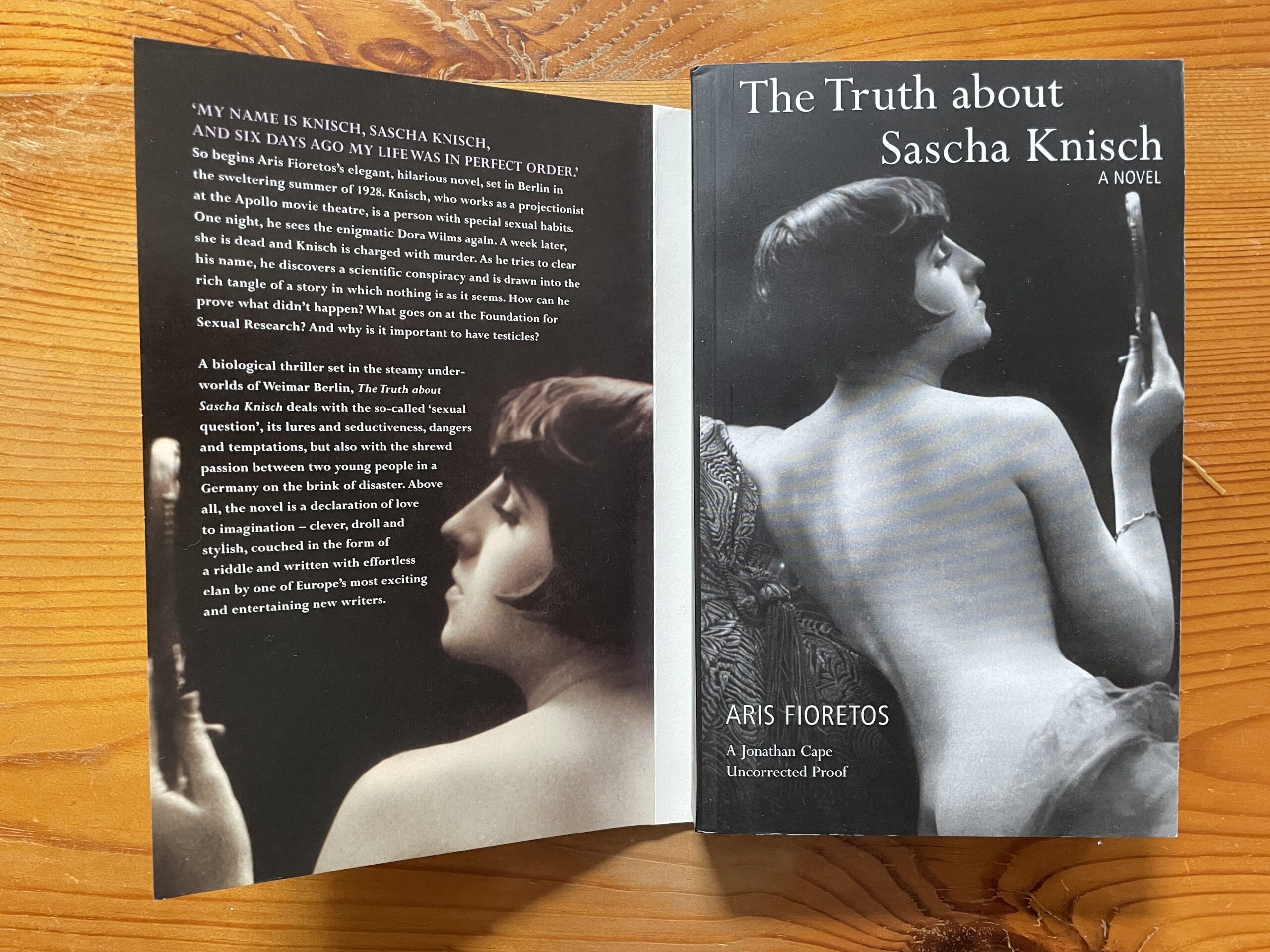
First and Last
27.xii.19
In the early 1990s I was invited to dinner at the home of a literature professor in Baltimore. He was rumoured to be the biggest private collector of books on the east coast. The money came from his wife, whose family had owned tobacco plantations in the South. The couple lived in an urban palace where the rooms lined with floor-to-ceiling shelves seemed never to end.
During dinner the hostess betrayed a secret. She had not read many of the twentieth century novels. Surprisingly often, she had discovered, it was enough to combine their first and last words. Taken together, these formed the essence of the text. The principle was a reversal of the stock cube: a broth reduced to its essence. The hostess mentioned a few works, including Ulysses. Wasn’t Stately . . . yes the perfect summary of 730 pages of Joyce’s prose?
Having returned home, I put the theory to the test. After browsing the shelves I picked out The Notebooks of Malte Laurids Brigge. I opened the volume to its first and last words – and observed Rilke’s simple rule: So . . . nicht.
His novel may depict how, as a nervy youth, one should not live one’s life. Despite trials and tribulations, however, an awareness of form steadies the boat. Or is there a greater sense of security to be gleaned from books than that sealed by the final word?